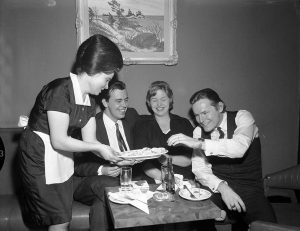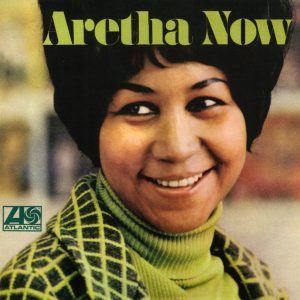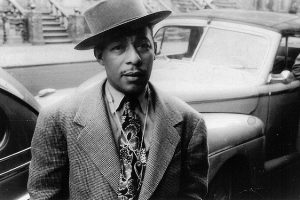The first paragraph of the 1969 obituary of Coleman Hawkins in The New York Times puts him right where he belongs: Alongside Louis Armstrong, Duke Ellington and Jelly Roll Morton.

The obit says that before he came along, the saxophone “essentially was a comic instrument” in jazz bands. It even started that way for Hawkins, who was born in 1904 in St. Joseph, Missouri. Starting in the mid-1920s, Hawkins “created the first valid jazz style on the tenor saxophone.” The first stop in his elevation of the instrument was at Fletcher Henderson’s Orchestra at the Roseland Ballroom between 1924 and 1927.
Hawkins, who was known as The Hawk — had a rich and full sound. That developed, he is quoted in the obituary as saying, because he needed to play very loud to be heard of the other horns. Hawkins continued to evolve. Eventually, his style became a bit lighter and used silences as part of the solos, the obit says.
A clear theme of the bios and profiles of Hawkins is that he never allowed himself to become dated. In the 1940s, he was an influential player in the development of be-bop, according to AllMusic. He apparently anticipated – perhaps at a subconscious level – the vital next phase of jazz. Hawkins, the profile says, “did not need to adjust his harmonically advanced style in order to play with them.”
In the early 1950s, Lester Young’s saxophone style had become more influential, the profile says. Hawkins enjoyed a resurgence during the middle part of the decade. Hawkins formed an influential duo with Roy Eldridge. The profile mentions the wide variety of partnerships and types of music he played during 1950s and the first half of the 1960s. Hawkins faded during the middle part of the decade and passed away in 1969.
Above is “Body and Soul.” Below is “On the Sunny Side of the Street.”










Add Comment